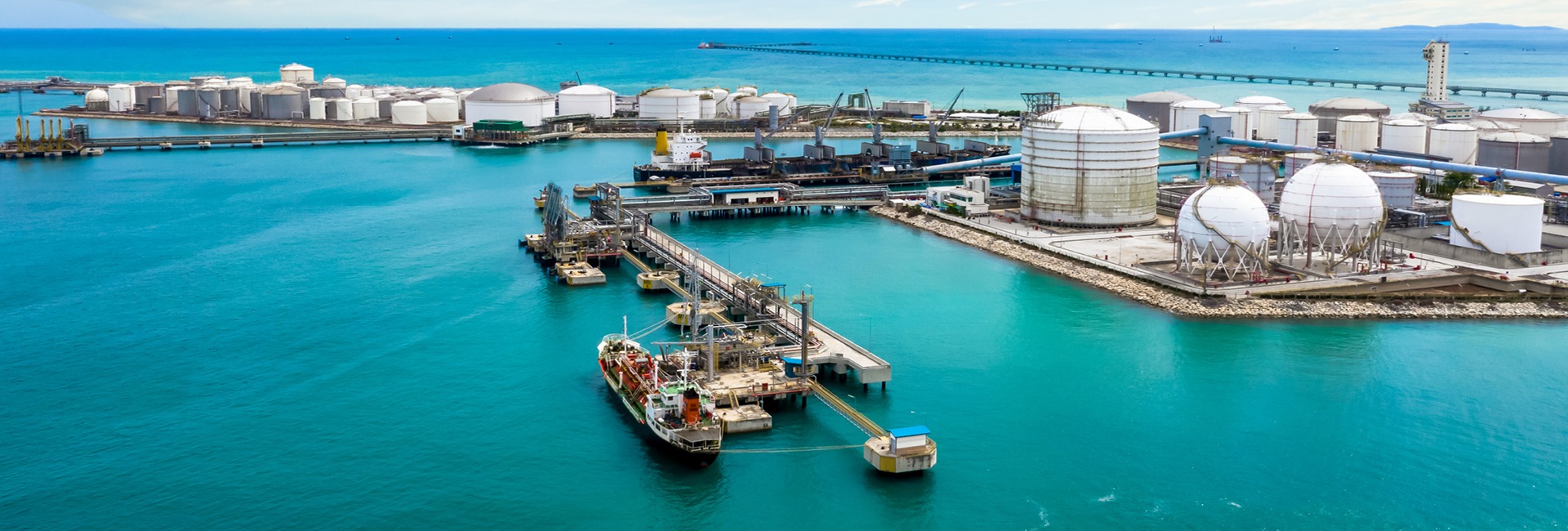Ports and terminals play a crucial role in global trade and transportation, serving as gateways for the movement of goods and passengers. With their strategic importance, it is essential to prioritize safety and security measures to ensure smooth operations and mitigate potential risks. In this article, we will explore key port and terminal safety measures that are vital for maintaining secure and efficient port and terminal operations.
Comprehensive risk assessments:
Conducting thorough risk assessments is a fundamental step in port and terminal safety. Risk assessments involve identifying potential hazards and vulnerabilities specific to the port or terminal environment. This includes assessing risks related to infrastructure, equipment, operations, and external factors such as natural disasters or security threats. By understanding the risks, appropriate mitigation measures can be implemented to safeguard personnel, assets, and operations.
Robust security measures:
Ports and terminals are potential targets for security threats, including terrorism, smuggling, theft, and unauthorized access. Implementing robust security measures is essential to protect against these risks. This includes deploying security personnel, installing surveillance cameras, and access control systems, and implementing security protocols such as strict identification and screening procedures. Collaborating with law enforcement agencies and utilizing advanced security technologies further enhances the overall security posture.
Emergency preparedness and response:
Ports and terminals must be well-prepared to handle emergencies and respond promptly to any incidents that may occur. This involves developing comprehensive emergency response plans that outline procedures for various scenarios such as fires, chemical spills, natural disasters, or medical emergencies. Conducting regular drills and training sessions ensures that personnel are familiar with their roles and responsibilities during emergencies, enabling a swift and effective response.
Maintenance and inspections:
Regular maintenance and inspections of port infrastructure, equipment, and facilities are crucial for ensuring safe operations. This includes routine inspections of terminals, docks, cranes, cargo-handling equipment, and other critical assets. Adequate maintenance programs help identify and address potential safety hazards or equipment failures before they cause accidents or disruptions. Implementing preventive maintenance measures also improves the overall reliability and efficiency of operations.
Environmental protection:
Ports and terminals have a responsibility to protect the environment and minimize the impact of their operations. This includes implementing measures to prevent pollution, managing waste properly, and complying with environmental regulations. Ports can adopt sustainable practices such as using environmentally friendly fuels, implementing energy-efficient technologies, and reducing emissions.


